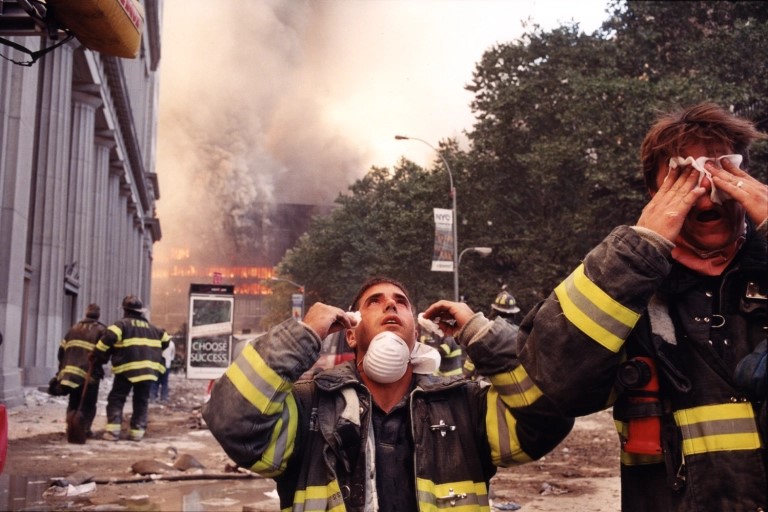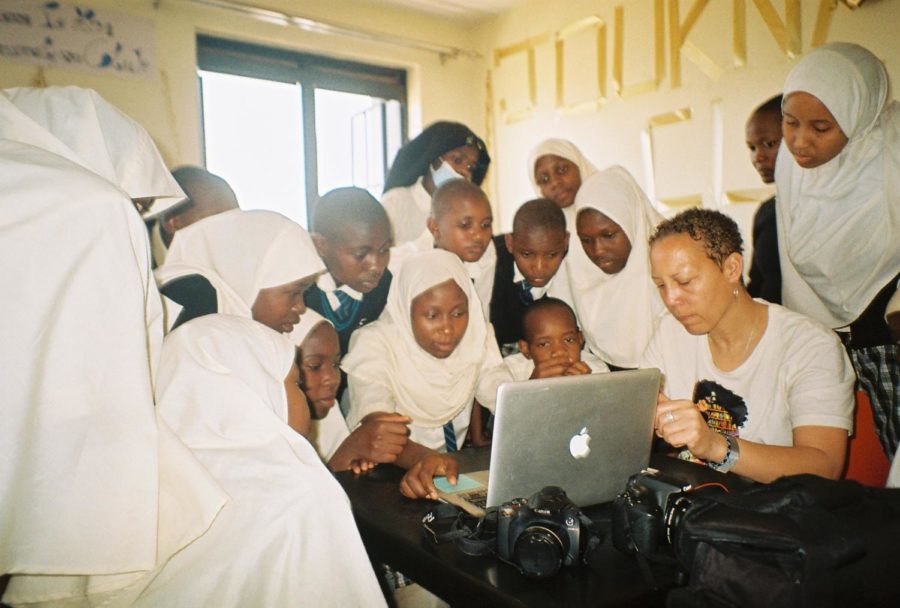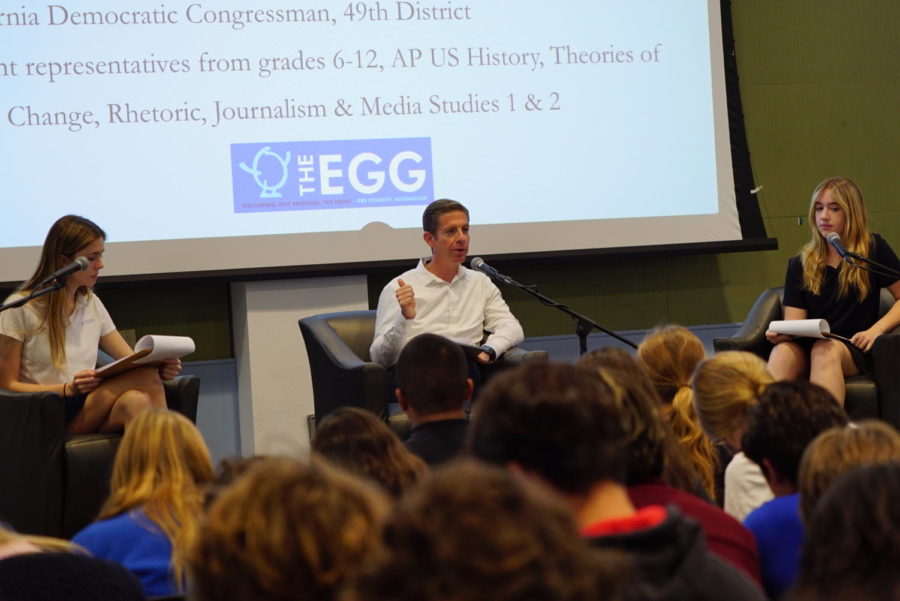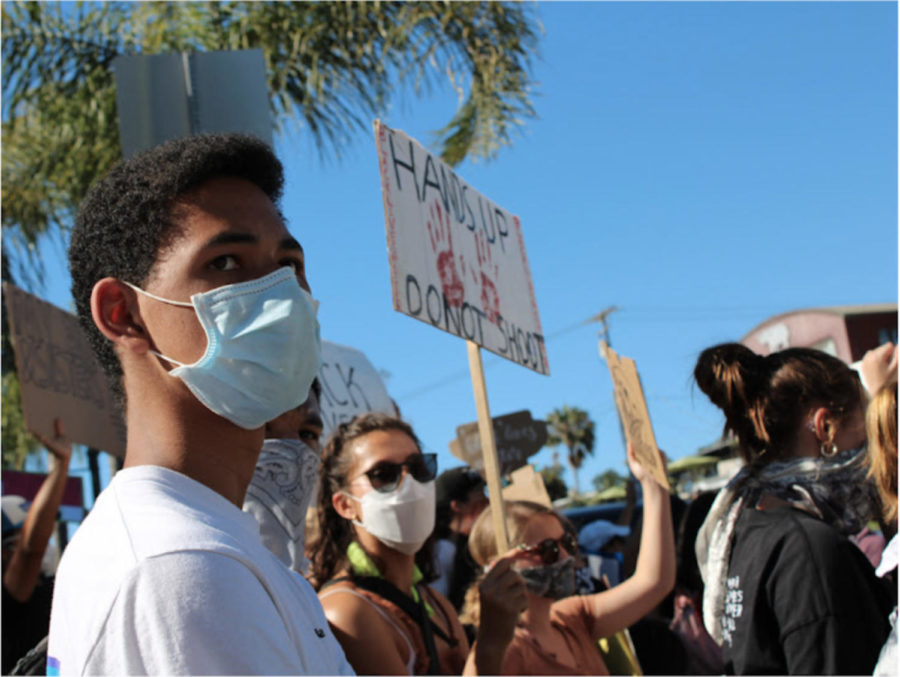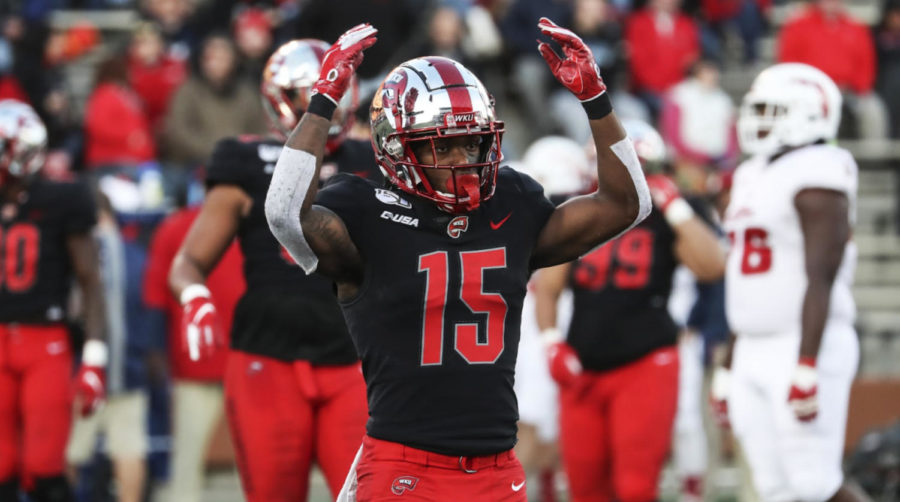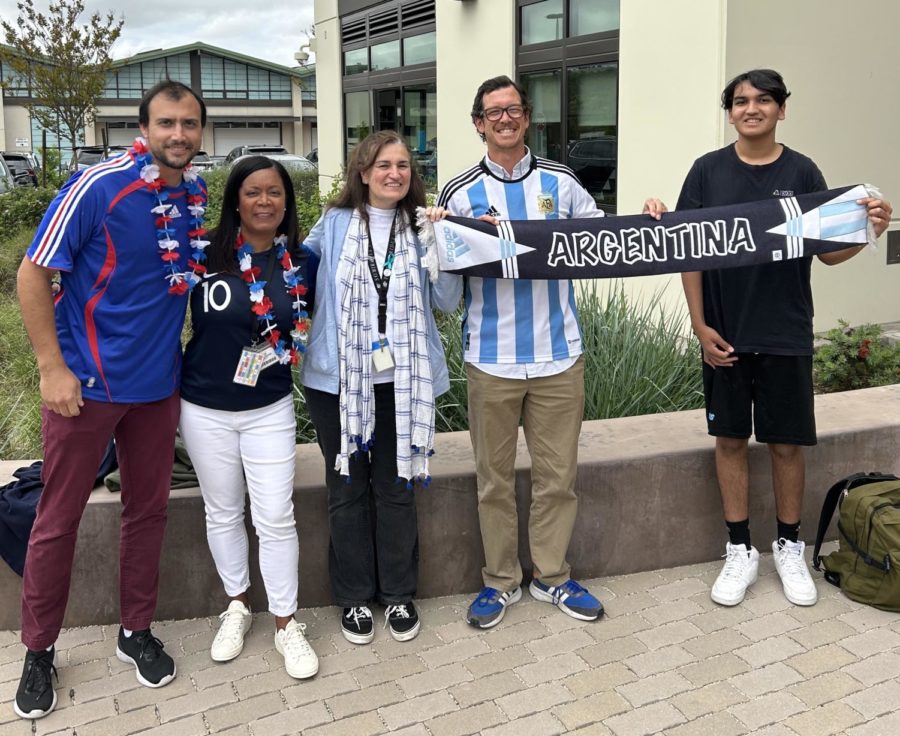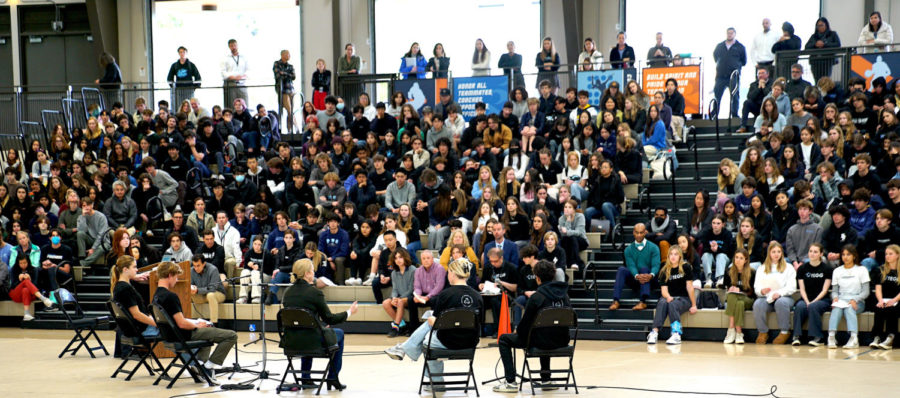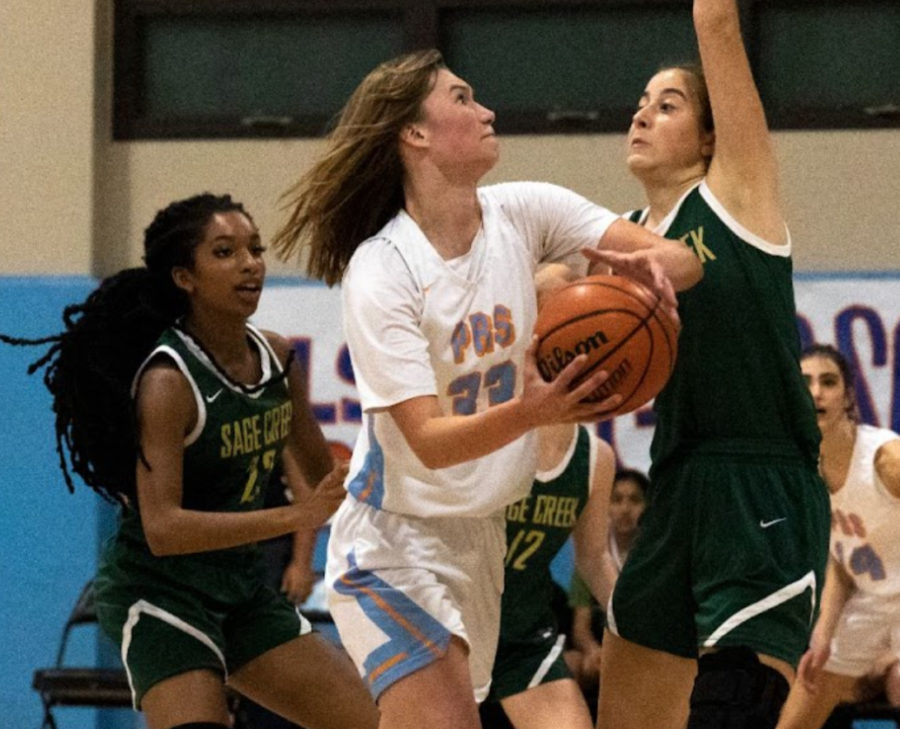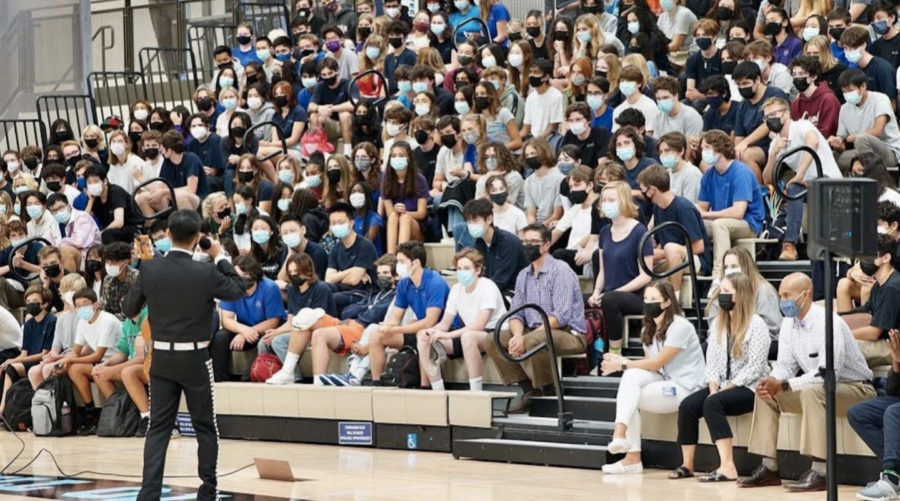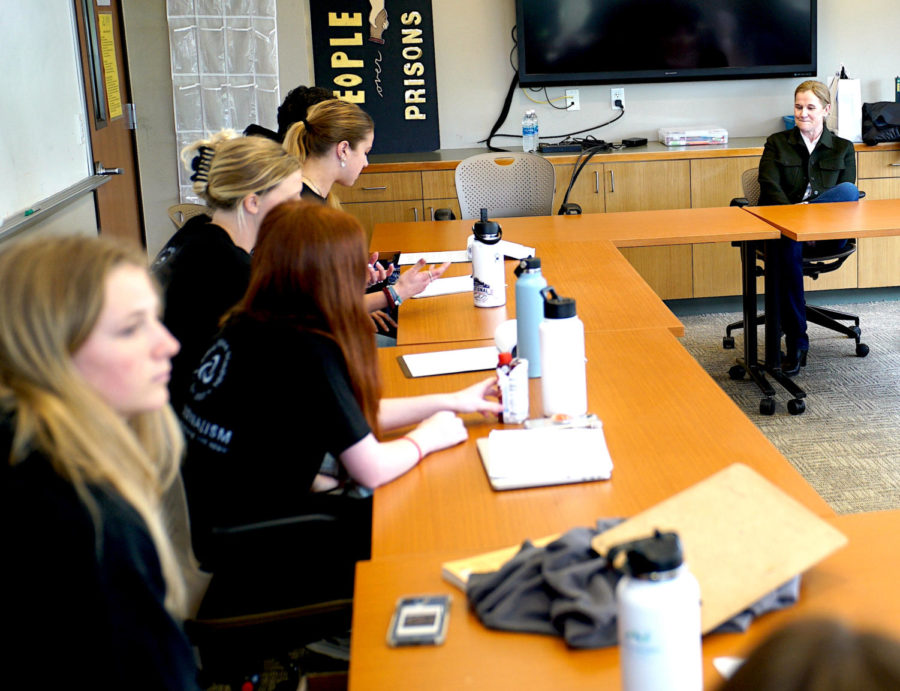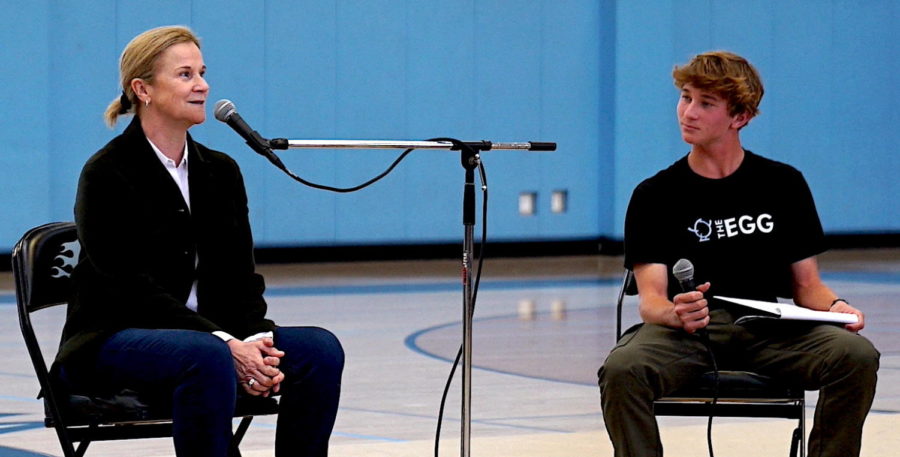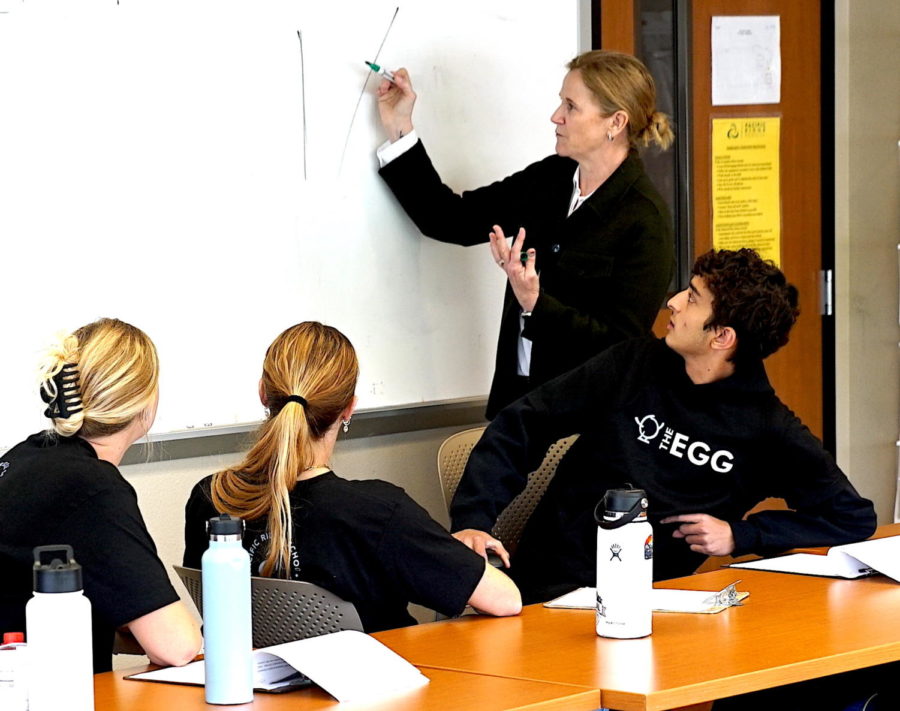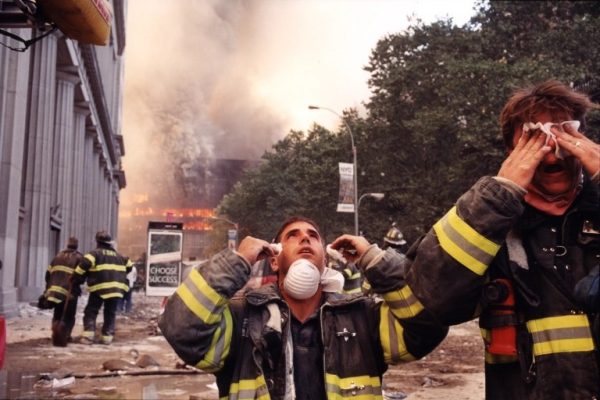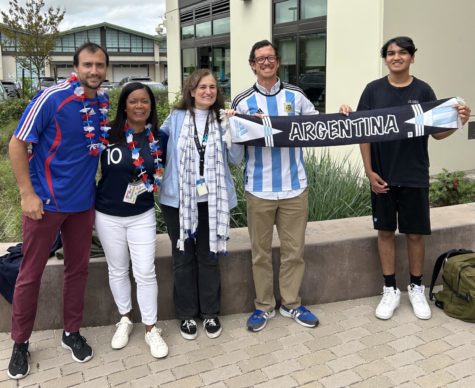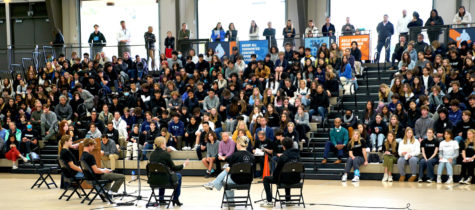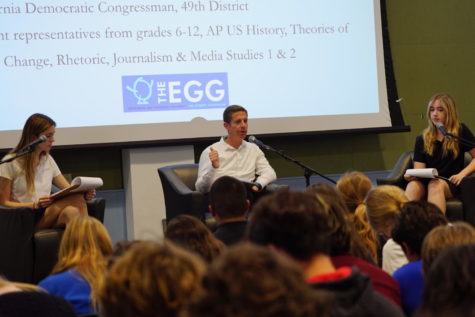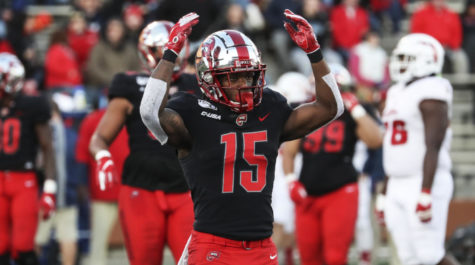Ethnic Studies for PRS?
California has mandated that public high schools must teach Ethnic Studies courses by 2025-26. So what about PRS?
The Black Lives Matter movement influenced California to mandate Ethnic Studies for high schools.
Starting from the 2025-26 school year, California public high schools must include an Ethnic Studies course in their curriculum, according to California State Assembly Bill No. 101. High schoolers will be taught about the struggles and contributions of Native Americans, African Americans, Asian Americans, Latinos and other ethnic groups, “which have often been untold in U.S. history courses,” according to the state’s model Ethnic Studies curriculum.
As a private school in California, will PRS also include an Ethnic Studies course? What is our school’s standpoint on the ongoing discussion?
Yasmin Bola-Akindele (‘22), student leader of the Anti-Racist Group, believes that in a largely white community like Pacific Ridge, it can be difficult for students to be conscious of issues that their peers of color may face. She adds that the inclusion of the course can raise awareness and reduce microaggressions. Nicole Ramirez (‘23) believes that offering an Ethnic Studies course can help people to explore what it means to be a part of a particular ethnic group. Valentina Nguyen (‘23) says that “Ethnic Studies should definitely be a course at PRS. People would appreciate and respect the different ethnicities of classmates surrounding them and be more knowledgeable.”
When asked to define ethnicity Riley Curran (‘25) answered that “Ethnicity is usually talking about where your ancestors come from. In America, most people’s families aren’t native to this country. Most of us are immigrants from somewhere else or our ancestors were.” Nicole Ramirez pointed out that ethnicity and race are not the same thing by giving the example “Hispanic is not a race; it’s an ethnic group.” When asked to define the words “ethnic” or “ethnicity” students and faculty gave a variety of answers, and Nicole summed up the situation by saying, “I’m technically part of an ethnic group and I don’t even know what that means, so it would be nice to have some education on that.”
Dr. Scott Silk, the History Department chair, says that “it’s extremely important for students to learn about other cultures, religions, ethnicities, racial groups, etc. If the addition of an Ethnic Studies course is the way students are exposed to this information, it’s definitely something all schools, including PRS, should do.” Dr. Silk adds, “PRS is likely to have an Ethnic Studies course in the near future. It’s something we’ve already been talking about, and we already have a course outline.”
Susan Woods, the director of Community and Inclusion, has been developing a curriculum for Ethnic Studies at PRS, taking an approach that she says is different in some ways from the model state curriculum created in response to Assembly Bill 101. Ms. Woods’ course would not be based on units dividing people into ethnic groups, but instead would be based on a cross-cultural exploration of themes like education, media and the relationship between language and power. Ms. Woods, who is also a history teacher, says, “I want to tie the class to contemporary values, exploring historical roots that make us who we are now. History classes look at how history has impacted today [and] Ethnic Studies is relevant to students’ ethnicities and current understanding of culture.”
Assembly Bill 101 allows schools to create their own Ethnic Studies curriculum, and says the state’s model curriculum is just one of several options, but there has still been intense debate about the model curriculum. The currently approved model is the fourth revised edition, at nearly 900 pages. Previous drafts of the teaching guide experienced pushback due to allegations of left-leaning language promoting critical race theory. The current version removed references that offended Jewish groups while adding lessons about the experiences of Jews, Arabs, and Sikhs in America. Sample courses include topics like Black Lives Matter and social change, Chinese railroad workers in the 1800s, and U.S housing inequality, redlining and racial housing covenants. Creators of the curriculum hope that it can prepare students for mature and in-depth conversations concerning social inequalities and previously ignored aspects of our history and their impact on today’s world.
In a study conducted by Stanford University it was shown that through the implementation of Ethnic Studies courses many high school students began to see improvements in academic performance. For this study, freshmen with a GPA of 2.0 or lower were assigned to an Ethnic Studies course; 9 out of 10 of these students were either Black, Hispanic, or Asian. Students taking this course not only showed improvement in school attendance, but throughout their high school career they were able to pass six more courses than students who didn’t take an Ethnic Studies course. With an Ethnic Studies course many students are able to see the history of their ancestors, something that for some students has been typically de-emphasized or outright ignored in school curricula, but which seems to boost student morale and achievement.
“America is shaped by our shared history, much of it painful and etched with woeful injustice,” wrote California’s Governor Gavin Newsom in his signing message for Assembly Bill 101. “Students deserve to see themselves in their studies, and they must understand our nation’s full history if we expect them to one day build a more just society.”
However, some critics still argue that the state model Ethnic Studies curriculum is excessively radical and the debate rolls on as school districts across the state evaluate how to implement this new mandate. Nevertheless, many students, faculty and school administrators throughout California have hopes that an Ethnic Studies course will be a great addition to their school’s curriculum. At PRS too there are many people who believe that an Ethnic Studies course can be an important step towards the school’s goal of becoming an inclusive community.
To read about Vivian Zhang’s experience and process writing this story, click here.
To read about Erick Maganda’s experience and process writing this story, click here.
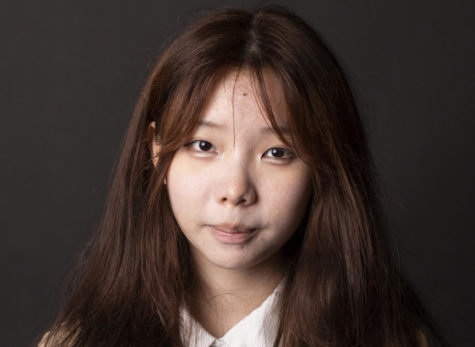
Vivian Zhang is a senior at Pacific Ridge School and a rising freshman at UC Berkeley. As an aspiring Media Studies major, she finds entertainment and...
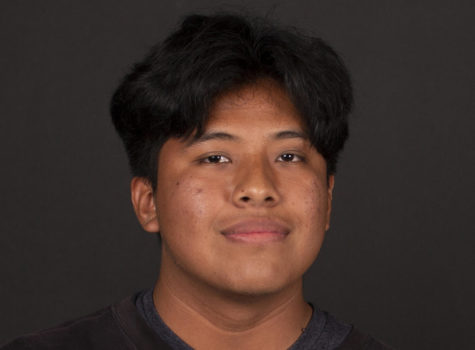
Erick Maganda Santiago is a junior at Pacific Ridge School and he is interested in photography, reading and languages. For The Egg he is a writer and photographer...

